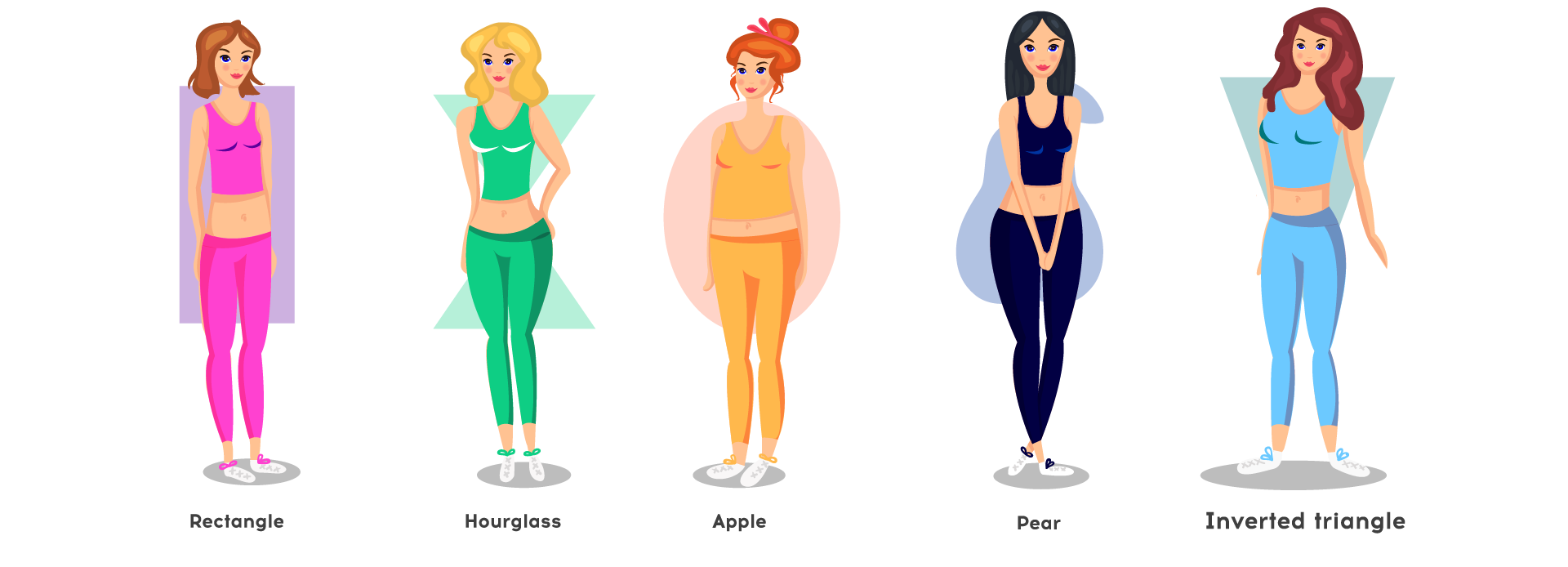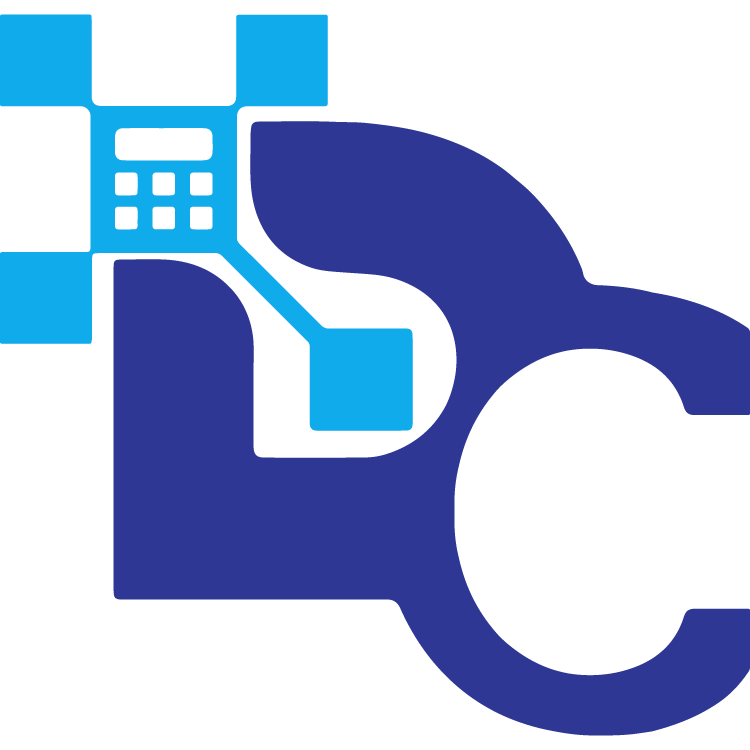Body Type Calculator for Women – Find Your Body Shape Instantly
Determine your body type and shape using bust, waist, and hip measurements. Get personalized fashion, fitness and nutrition recommendations.
Overview
Every woman’s body is unique, beautiful, and deserving of confidence. Understanding your body shape can help you choose clothes that fit better, set realistic fitness goals, and celebrate your natural proportions.
Our body type calculator for women is a simple yet powerful tool that analyzes your body measurements to reveal your shape and provide insights into your silhouette.
How Does the Body Type Calculator for Women Work?
You don’t need a stylist or a tailor. All you need are four key body measurements:
- • Bust (around the fullest part)
- • Waist (at the narrowest point)
- • Hips (at the widest part)
The body type calculator for women compares these measurements to identify your natural shape . It’s fast, free, and accurate.

The Five Women Body Types Explained
Bust and hips are similar in size with a well-defined waist. The ideal feminine silhouette.
Hips wider than bust and shoulders. Feminine curves with defined waist.
Weight carried in midsection with slender arms and legs. Strong shoulders.
Similar bust, waist, and hip measurements. Athletic build with minimal curves.
Broader shoulders and bust with narrower hips. Athletic upper body.
How to Take Accurate Body Measurements
Bust: Measure around the fullest part of your bust, keeping the tape parallel to the floor
Waist: Measure at the narrowest part of your torso, usually just above the belly button
High Hip: Measure around the upper hip area, about 7-9 inches below your waist
Hip: Measure around the fullest part of your hips and buttocks
Tips: Use a flexible measuring tape, keep it snug but not tight, and measure over light clothing
Waist-to-Hip Ratio: Key indicator of body shape and health
Bust-to-Waist Ratio: Helps determine upper body proportions
Measurement Differences: Compares bust, waist, and hip sizes
Shape Classification: Based on where your body carries weight and curves
Personalized Results: Recommendations tailored to your unique body type
Fashion and Style Tips by Body Type
Best Styles: Fitted clothes, wrap dresses, belted tops
Necklines: V-necks, scoop necks, sweetheart
Bottoms: High-waisted jeans, A-line skirts
Avoid: Boxy or shapeless clothing
Show off your natural waistline with fitted silhouettes.
Best Styles: Boat necks, off-shoulder tops
Colors: Bright tops, dark bottoms
Bottoms: Straight-leg, bootcut jeans
Avoid: Tight bottoms, horizontal stripes on hips
Draw attention to your upper body and show off your waist.
Best Styles: Empire waist, A-line tops
Necklines: V-necks, deep scoop necks
Bottoms: Straight or wide-leg pants
Avoid: Tight-fitting around midsection
Create vertical lines and show off your legs and arms.
What Is the Most Common Body Shape?
There are five major female body types: hourglass, pear (triangle), rectangle (athletic), apple (round), and inverted triangle. Among these, the pear-shaped body is the most common globally. Women with this shape typically have wider hips than shoulders, with a defined waist and smaller upper body.
Your body shape depends on bone structure, fat distribution, and genetics not just weight. That’s why a women's body type calculator considers proportions rather than dress size or BMI alone.
Does a Woman’s Body Shape Change With Age?
Yes, a woman’s body shape can change as she ages. Hormonal shifts, especially during menopause, may lead to fat redistribution, particularly around the midsection.
A woman who was pear-shaped in her 20s might lean toward an apple shape in her 50s due to changes in estrogen levels and muscle mass.
That’s why tools like the body shape type calculator are helpful at any age they give you insights based on your current body measurements, not outdated assumptions.
Does Your Body Shape Change When You Lose Weight?
It’s a common question: if I lose weight, will my body shape change?The answer depends on your bone structure and fat storage pattern. While weight loss can slim your overall figure, your body type hourglass, rectangle, pear, etc. usually remains the same.
For example, if your hips are naturally wider than your bust, you’ll likely retain a pear-shaped silhouette even at a lower weight.
Our body type calculator for women uses bust, waist, and hip measurements to determine your true proportions, regardless of weight fluctuations.
Female Body Shapes in the Fashion Industry
The fashion industry has long portrayed idealized versions of women’s bodies.The slim rectangle body type was preferred in the 1990s by the "heroin chic" fashion trend. In the 2000s, the hourglass figure (e.g., 36-24-36) became popularized again through celebrities and media.
Thankfully, today’s fashion world is slowly embracing diversity in body shapes, including plus-size, petite, and everything in between. Tools like our women body type calculator empower you to celebrate your shape not change it to fit an outdated standard.
Try Our Free Body Type Calculator for Women
Want to know your true body shape?Our free tool at Digital Calculator gives you instant results based on your bust, waist, and hip measurements. Whether you're shopping, styling, or setting fitness goals, knowing your shape makes everything easier.
Sources and Reference
- • WHO – Nutrition & Physical Activity: Guidance on body composition and physical activity
- • Mayo Clinic – Fitness: Insights on fat distribution and lifestyle effects on shape
- • CDC – Body Composition & Fitness: Data on how aging, activity, and weight affect body shape
Frequently Asked Questions About Body Type Calculator For Women
Our calculator uses scientifically proven measurement ratios and algorithms to determine body type with 85-90% accuracy. For women with consistent measurements, accuracy can reach up to 95%. However, body types exist on a spectrum, and some women may have characteristics of multiple types. The calculator becomes more precise when measurements are taken correctly and consistently.
The essential measurements are bust circumference, waist circumference, and hip circumference. High hip measurement is optional but provides more detailed analysis. Age, height, and weight are also optional but help with comprehensive health recommendations. For best results, measure yourself without clothes or over form-fitting garments using a flexible measuring tape.
Use a flexible measuring tape and stand naturally. For bust: measure around the fullest part, keeping tape parallel to floor. For waist: find your natural waistline (narrowest part), usually just above belly button. For high hip: measure 7-9 inches below waist. For hips: measure around the fullest part of hips and buttocks. Keep tape snug but not tight, and measure at the same time of day for consistency.
While your basic bone structure remains constant, your body shape can change due to weight fluctuations, pregnancy, aging, hormonal changes, and exercise. Significant life events like childbirth, menopause, or major weight changes can alter your proportions. It's recommended to reassess your body type every 6-12 months or after major body changes to get updated recommendations.
All body types can be equally healthy when maintained properly. Health is determined by fitness level, nutrition, lifestyle, and genetics rather than body shape alone. While hourglass and pear shapes are sometimes associated with lower health risks, and apple shapes may have higher risks for certain conditions, focusing on maintaining a healthy lifestyle is more important than your specific body type.
Body perception can be subjective, while measurements provide objective data. If results seem inconsistent, double-check your measurements or have someone help you measure accurately. Remember that many women have characteristics of multiple body types, and the calculator identifies your primary type. Consider the results as helpful guides rather than definitive labels.
The basic style principles apply to women of all ages and sizes, but personal preferences, lifestyle, and comfort should always be considered. Fashion recommendations are guidelines to help you understand what might be most flattering for your body type. Confidence and personal style are more important than following rules strictly - adapt suggestions to fit your individual taste and needs.
The recommendations are evidence-based guidelines tailored to different body types, but individual needs vary significantly. Always consult with healthcare providers, registered dietitians, or certified personal trainers before making major changes to your diet or exercise routine, especially if you have health conditions, injuries, food allergies, or specific nutritional requirements.
To calculate a woman's body type, measure your bust, waist, and hips. Then use a body type calculator for women to compare those ratios and identify whether you're hourglass, pear, apple, rectangle, or inverted triangle.
While you cannot change your basic bone structure and genetic predisposition, you can significantly modify your body composition and enhance your natural shape through targeted nutrition and exercise. Building muscle in specific areas, losing fat, and improving posture can optimize your silhouette. Focus on becoming the healthiest, strongest version of your natural body type rather than trying to completely change it.
Body type refers to your overall build and metabolism (how your body processes food and builds muscle), while body shape refers to your silhouette and where you carry weight. Our calculator determines both - identifying your metabolic type for diet/exercise recommendations and your shape for fashion guidance. Both concepts work together to provide comprehensive lifestyle recommendations.
The 36-24-36 figure refers to idealized bust-waist-hip measurements (in inches) often linked to the hourglass body shape. While popular in fashion history, it's not a realistic or necessary standard for beauty.
The inverted triangle body shape where the shoulders or bust are broader than the hips is considered the rarest. It's less common compared to pear or hourglass figures.
Yes, if you enter precise measurements, the body shape type calculator gives an accurate analysis based on your proportions. However, it's an estimate and doesn’t replace professional styling or health advice.
Yes! Knowing your body shape helps you choose clothing that enhances your best features. For example, pear-shaped women may benefit from A-line skirts, while apple shapes often shine in empire waist dresses.
Related Women's Health Calculators
Calculate your Body Mass Index
Calculate BMIFind your healthy weight range based on height and body frame
Calculate Ideal WeightEstimate body fat percentage using female specific formulas
Calculate Body FatMedical Disclaimer
The information provided by the Body Type Calculator for Women at Digital Calculator is for general educational purposes only. It is not intended to replace professional medical advice, diagnosis, or treatment. Always consult with a qualified healthcare provider regarding your health, body composition, or any medical concerns.
